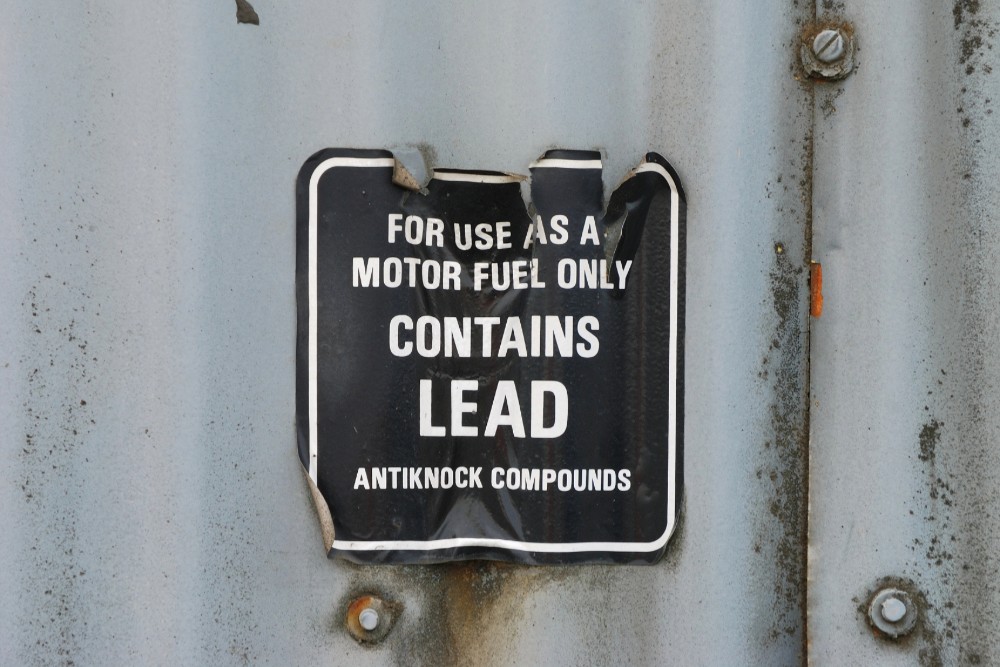Lead-based paint has been banned for decades. However, in New York City, the risks remain real. Many apartments and multifamily homes built before 1960 still contain lead.
Peeling paint, window friction, or renovation work can spread hazardous dust. Children under six face the greatest danger because even small amounts of lead exposure can cause long-term developmental and behavioral issues. Hence, NYC lead testing requirements are so important for property owners.
Clear rules define when inspections must occur, how records are maintained, and what steps are taken when hazards are identified. With deadlines quickly approaching, every owner should understand exactly what the city expects.
Understanding NYC Lead Testing Requirements
Local Law 31 of 2020 created the foundation for current rules, and more recent legislation expanded the scope. Buildings constructed before 1960 are subject to these laws, as are properties built between 1960 and 1978 that contain lead-based paint.
Starting August 9, 2025, all units and common areas in these buildings must undergo testing using X-Ray Fluorescence, or XRF, analysis. This testing can detect lead in multiple layers of paint and provides results immediately. Owners must retain the reports for at least ten years and make them available to HPD upon request.
New laws passed in 2023 introduce additional obligations. Local Law 111 requires testing of common areas such as hallways and staircases.
Local Law 122 establishes stricter record-keeping standards. On the other hand, Local Law 123 requires owners to abate lead paint on friction surfaces such as doors and windows in units with young children, with full compliance expected by 2027. The message is clear: the city wants owners to act before hazards develop, not after problems appear.
What Property Owners Need to Know
Testing must be performed by an EPA-certified lead paint inspector or risk assessor who uses an XRF device. Every room in an apartment is evaluated, including walls, doors, windows, trim, and other painted surfaces.
In some cases, paint chip sampling may also be used for laboratory confirmation, but XRF remains the standard. Once testing is complete, the inspector provides a detailed report that identifies areas containing lead.
If results show paint with more than 0.5 mg/cm² of lead, it qualifies as lead-based paint under city law. When a child under six lives in a unit with peeling or damaged lead paint, owners must hire a certified contractor immediately to correct the hazard.
If the paint is intact and no child resides in the unit, owners may monitor the surface until turnover or until new residents move in. In all cases, records must be maintained to show compliance.
Deadlines, Penalties, and Risks
HPD classifies violations as Class C, which means they pose an immediate hazard. Civil penalties can range from $1,000 to $5,000 per violation, and the city may pursue multiple violations for different areas within the same property. If a tenant suffers lead poisoning in an untested or noncompliant building, the liability risks become even greater.
Deadlines come faster for properties with children under six, with inspections required within one year of move-in. Starting January 1, 2025, owners must also abate friction surfaces in those units, with all work completed within three years.
Protecting Residents and Staying Compliant
Meeting testing requirements is not only about avoiding fines. It is about creating safe homes where families can live without fear of hidden hazards. Lead poisoning remains preventable, and the right inspections give owners the knowledge to address risks before they harm residents.
At IRIS Environmental & BioTera Solutions, we perform certified lead inspection services along with other environmental testing, including mold inspection. We work throughout New York, New Jersey, Texas, and Florida to help property owners meet deadlines and protect tenants.
Get in touch with us and get ahead of compliance before penalties begin.

